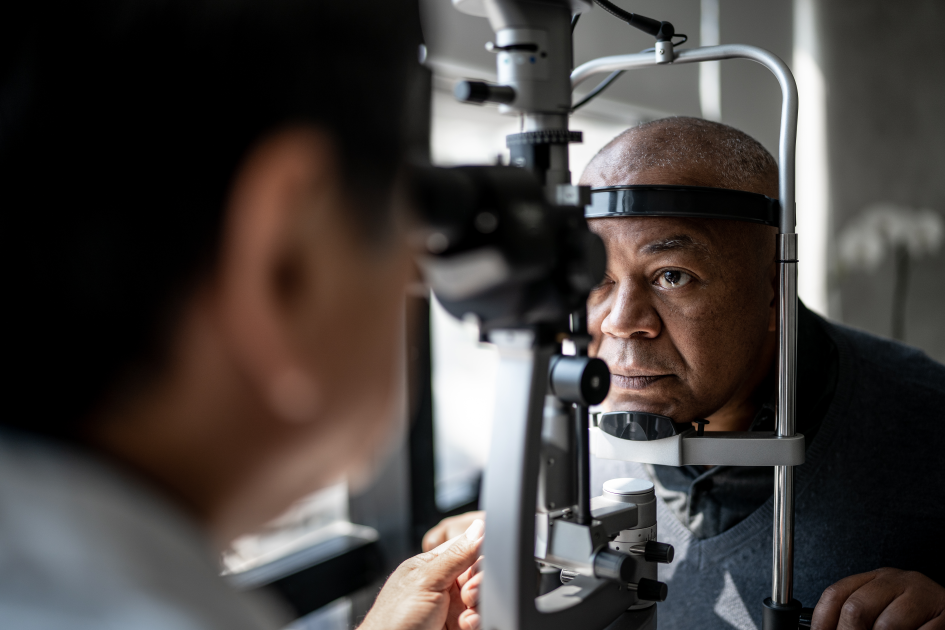
What You Need To Know About Cataracts – Symptoms, Causes & Treatment
Has your eyesight begun to change? Have you been seeing halos around lights, experiencing trouble reading in low light, noticing blurry vision and/or seeing faded colors? These are some symptoms of a cataract. A cataract is the clouding of the lens, due to the protein that makes up the lens behind the eye beginning to change in structure, thus getting in the way of normal clarity of your vision. A cataract that starts out small can become worse over time and cover more of the lens, making it harder to see. However, if you find yourself with a cataract, there’s no need to fear, because cataract removal is one of the most common procedures in the United States.
There are several different types of cataracts but the most common are related to aging. Johns Hopkins Medicine reports that, “More than half of all Americans have had a cataract or cataract surgery by age 80.” Scientists cannot pinpoint the exact causes of a cataract, but there are some probable causes, such as smoking, diabetes, too much sun exposure and the use of steroids, diuretics or tranquilizers. The onset of cataracts typically happen between age 40 and 50, and people who live in higher altitudes and places where there’s a lot of sun are more at risk.
If you think you may be experiencing a cataract, you should make a trip to your eye doctor. You can expect a visual acuity test, which measures your vision ability at different distances, and a pupil dilation test, where drops are used to widen your pupil so that the doctor can examine the retina up close.
There are ways to manage your cataract other than getting surgery right away. If you are still able to carry out regular daily activities like driving, reading or watching TV, then your doctor may suggest different glasses or better lighting. However, if your cataract starts to interfere with your everyday life, surgery to remove the cataract and replace the lens is the only way to treat the symptoms. Rest easy if you and your health care provider have opted for surgery, because cataract surgery is known to be one of the safest and most effective surgeries.
The surgery can take between 15 and 20 minutes and does not require an overnight stay. According to Web MD, “More than 95% of people who have this done say they can see better afterward.” There are a few different options for how the surgery can be done, which depends on your situation.
- A small-incision surgery or phacoemulsification is when your doctor makes a tiny cut on your cornea. A small device is put in your eye that gives off ultrasound waves to break up the cloudiness in your lens. Then, the pieces are taken out and an artificial lens is inserted.
- A large-incision surgery or extracapsular cataract extraction isn’t done as often, but is sometimes used for larger cataracts that cause more vision trouble. Your doctor removes your clouded lens in one piece and replaces it with an artificial one.
- A femtosecond laser surgery is when your doctor uses a laser to break up the lens and then puts in a new lens. This surgery may be used if you also have an astigmatism— a curve of your cornea that makes your vision blurry.
